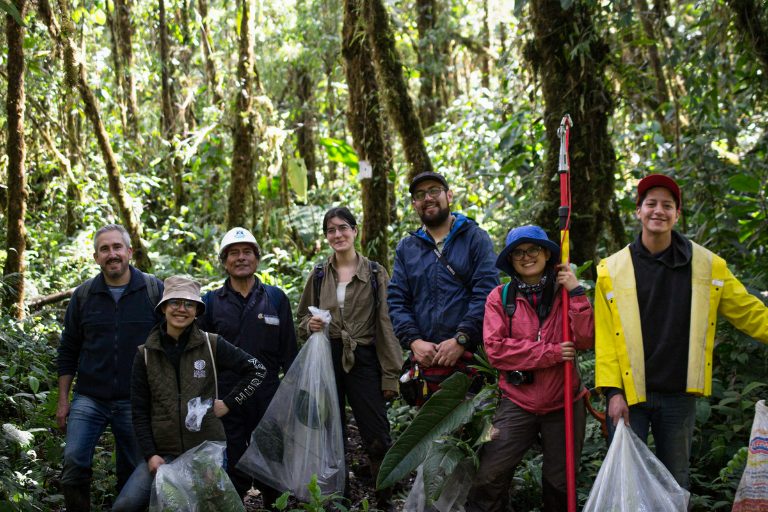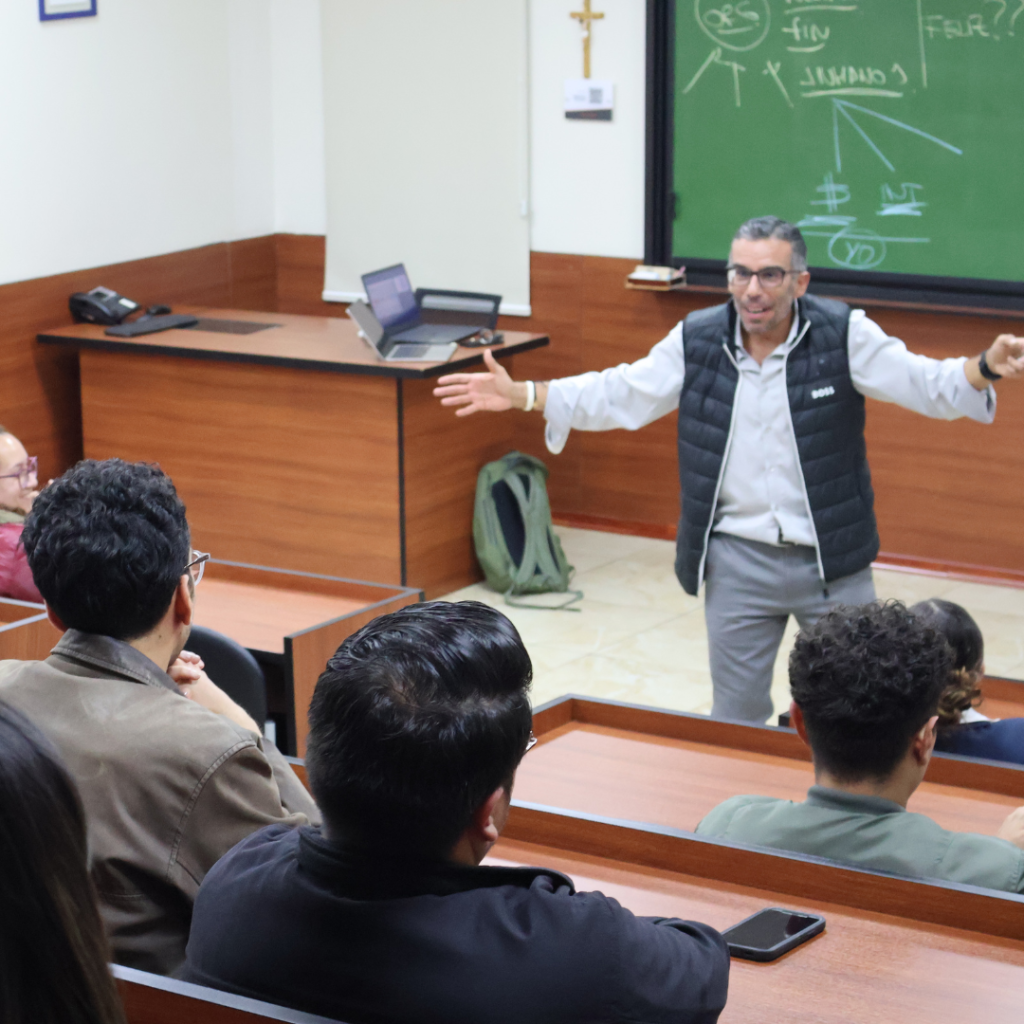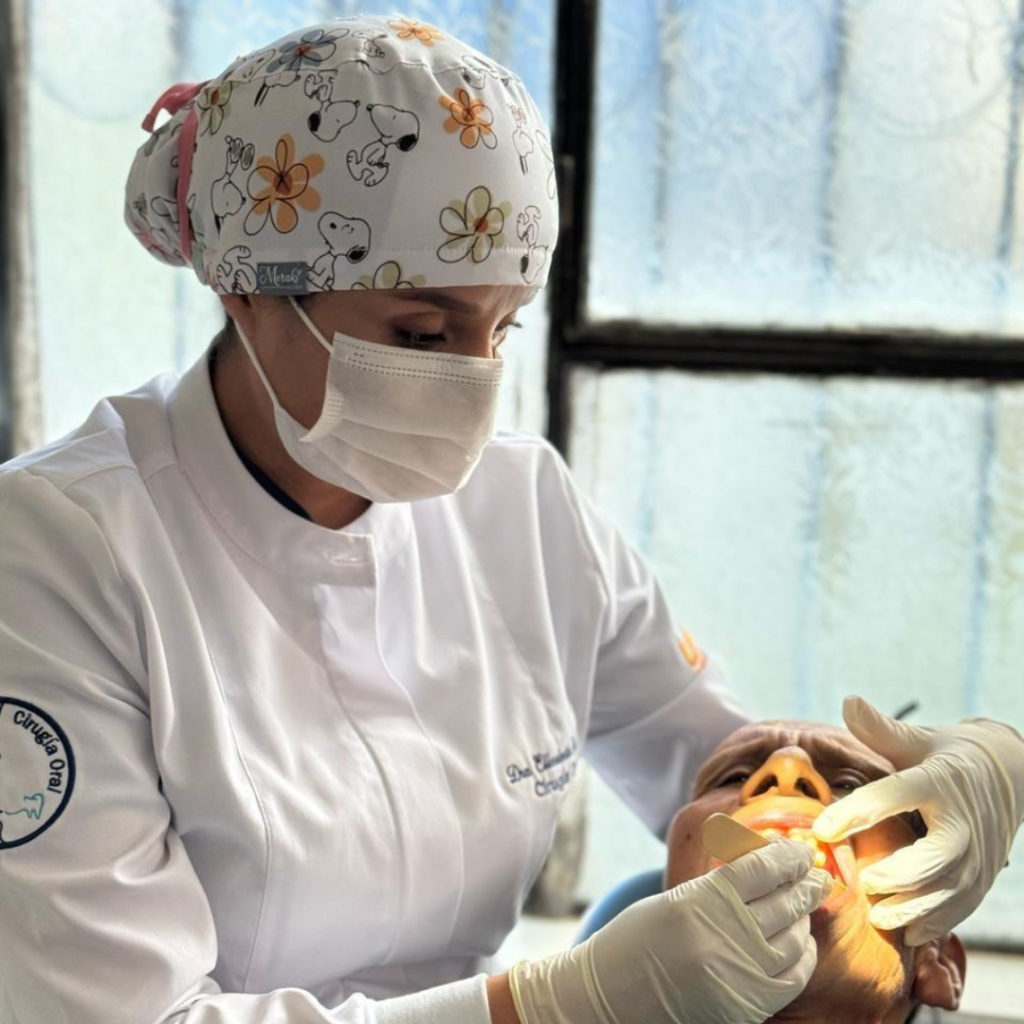Gonzalo Sotomayor, a professor at the Faculty of Engineering of the Universidad Hemisferios (UHE), has published a pioneering research study entitled "Limnological characteristics and relationships with primary productivity in two high Andean hydroelectric reservoirs in Ecuador". This study, of great relevance for the management of Andean reservoirs, fills an existing knowledge gap in the country.
Limnology, the science that studies inland aquatic ecosystems, is crucial for the sustainable management of reservoirs. However, the limnological characteristics of Andean reservoirs in Ecuador remained largely unknown. To address this limitation, Professor Sotomayor conducted a comprehensive study between December 2018 and December 2019 in El Labrado and Chanlud reservoirs, located in the Machángara River basin in the south of the country.
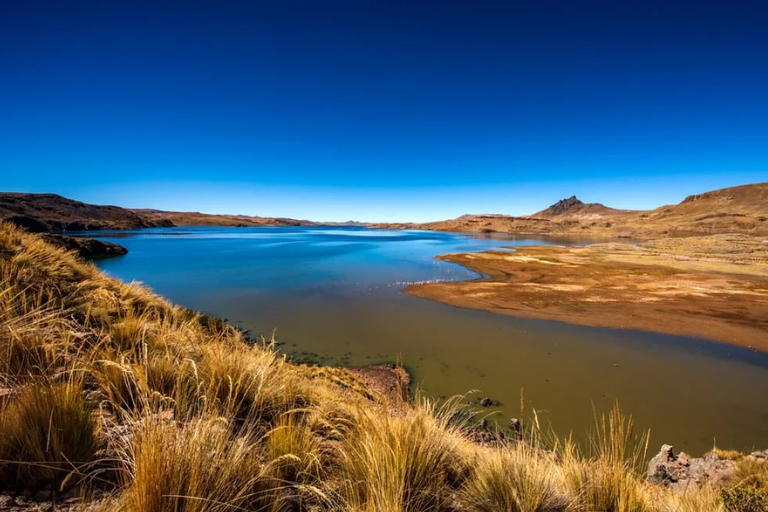
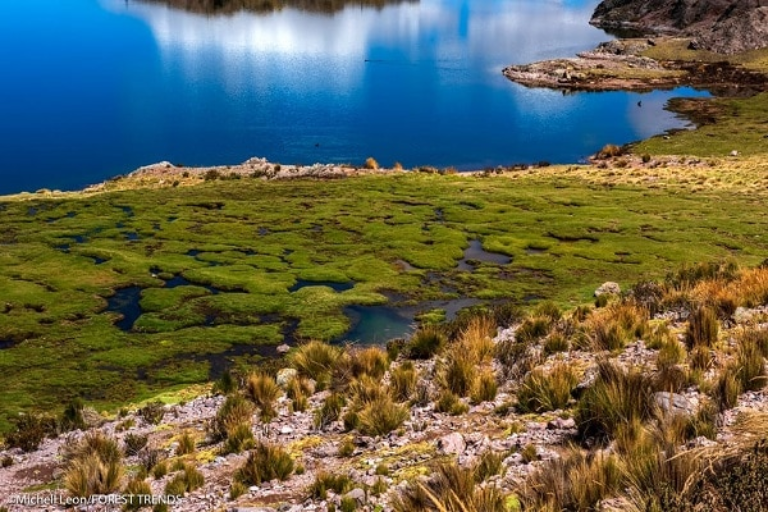
Methodology and key findings
The research combined several techniques to obtain a comprehensive view of the reservoirs. The primary productivity (PP) of phytoplankton was studied, using the clear/dark bottle technique, along with vertical profiles of oxygen, water temperature, nutrients, alkalinity and heterotrophic bacteria. In addition, water transparency was measured and meteorological factors such as wind strength, precipitation and water level were analyzed.
The results revealed that both reservoirs are "polymictic", i.e., their waters are frequently vertically mixed. They have alkaline waters, low nutrient concentrations and low PP rates. However, the Chanlud reservoir showed slightly higher values of nitrogen, alkalinity, heterotrophic bacteria and PP.
Multiple linear regression analysis identified the main factors influencing PP: water temperature, depth, light, heterotrophic bacteria and meteorological parameters. Low nutrient concentrations, short water residence time and altitude (3400 meters above sea level) are key factors explaining low PP rates.
Despite the low metabolic rates, clear seasonal trends were observed in both reservoirs, with the lowest PP rates during the cold season.
Relevance to the university community and conservation
This study represents the first limnological analysis of high Andean reservoirs in Ecuador, making it a significant contribution to science and water resource management. The findings obtained should be incorporated into management protocols for Andean reservoirs, contributing to local conservation efforts.
Within the university community, this research is of great value because:
- Promotes scientific research: Inspires students and teachers to conduct high-impact research in areas relevant to the country.
- Strengthens academic training: It allows the integration of the findings of the study into the curricula, enriching the training of future professionals.
- Contributes to sustainable development: Provides scientific knowledge for the sustainable management of water resources, essential for the country's development.
In addition to this research, Professor Gonzalo Sotomayor continues to explore new findings at the Hemisferios Biodiversity Reserve, UHE's reserve, where he conducts studies on biodiversity and local ecosystems.
